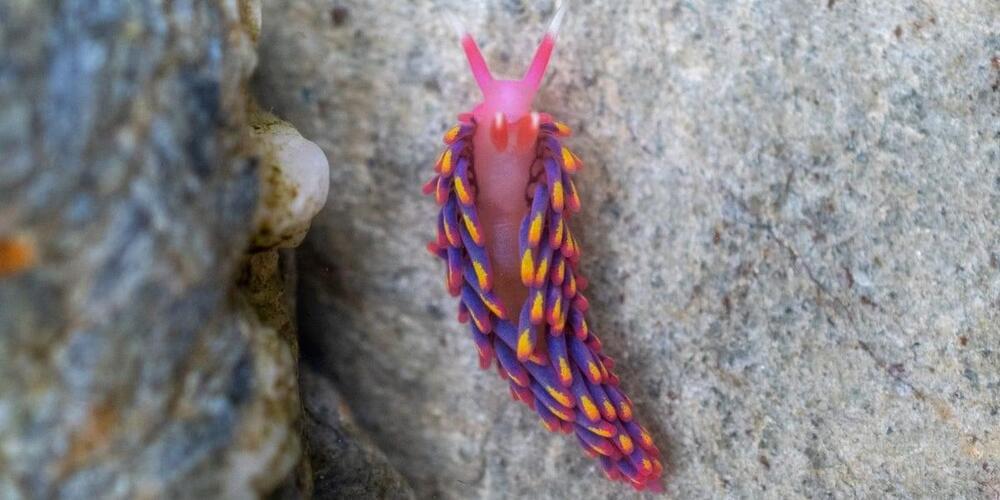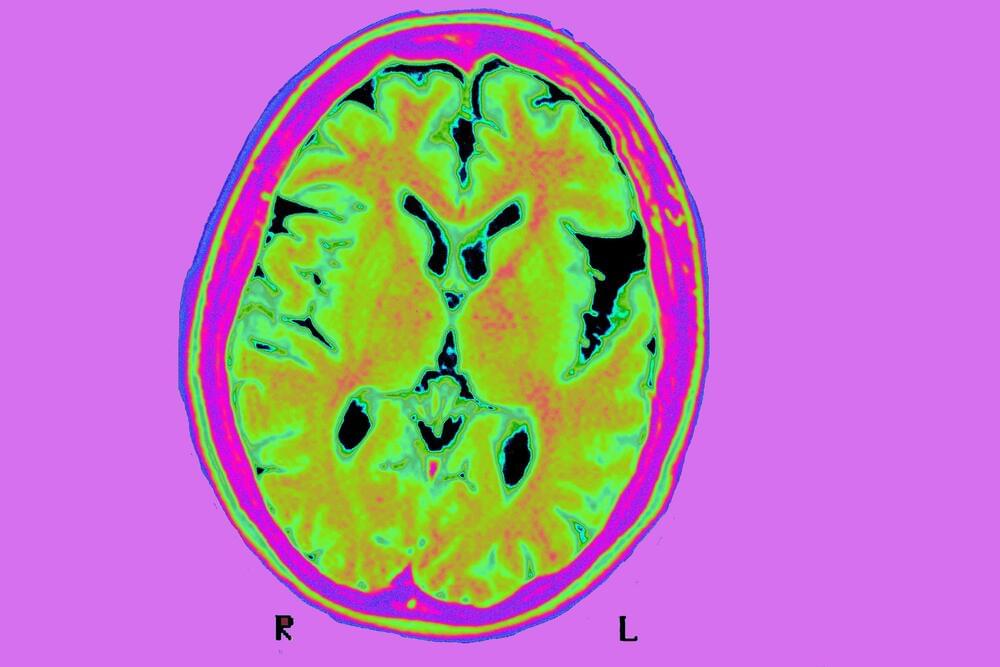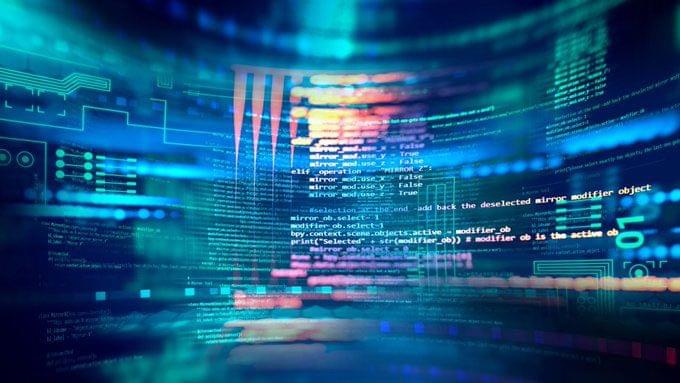The tech giant has publicly released its latest A.I. technology so people can build their own chatbots. Rivals like Google say that approach can be dangerous.


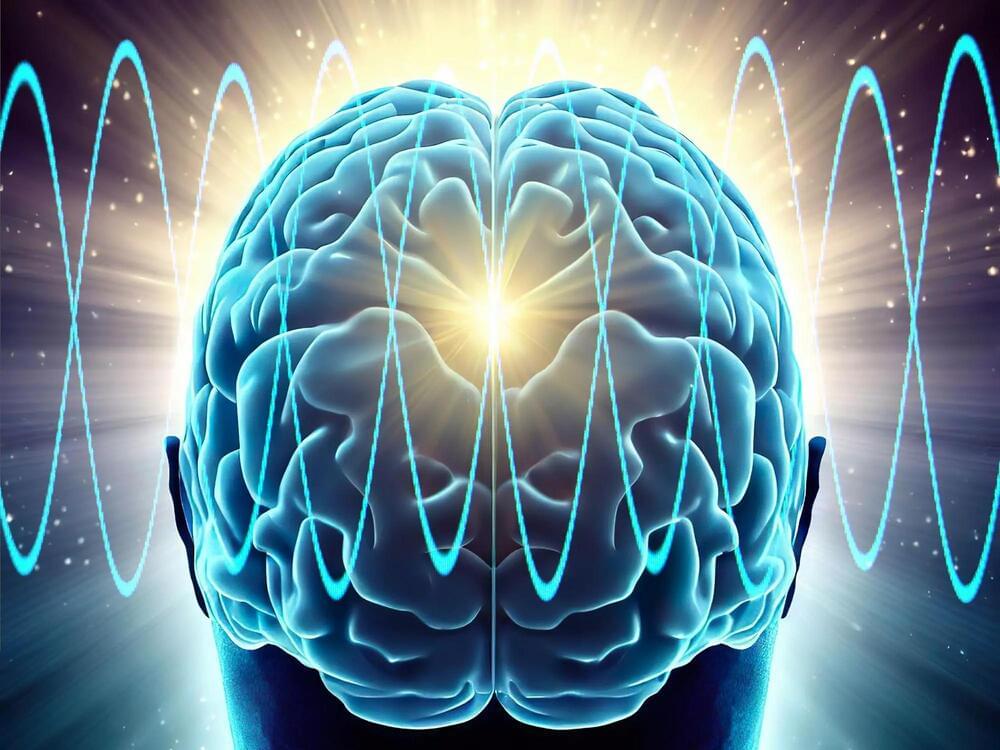
Tactile stimulation improved motor performance, reduced phosphorylated tau, preserved neurons and synapses, and reduced DNA
DNA, or deoxyribonucleic acid, is a molecule composed of two long strands of nucleotides that coil around each other to form a double helix. It is the hereditary material in humans and almost all other organisms that carries genetic instructions for development, functioning, growth, and reproduction. Nearly every cell in a person’s body has the same DNA. Most DNA is located in the cell nucleus (where it is called nuclear DNA), but a small amount of DNA can also be found in the mitochondria (where it is called mitochondrial DNA or mtDNA).
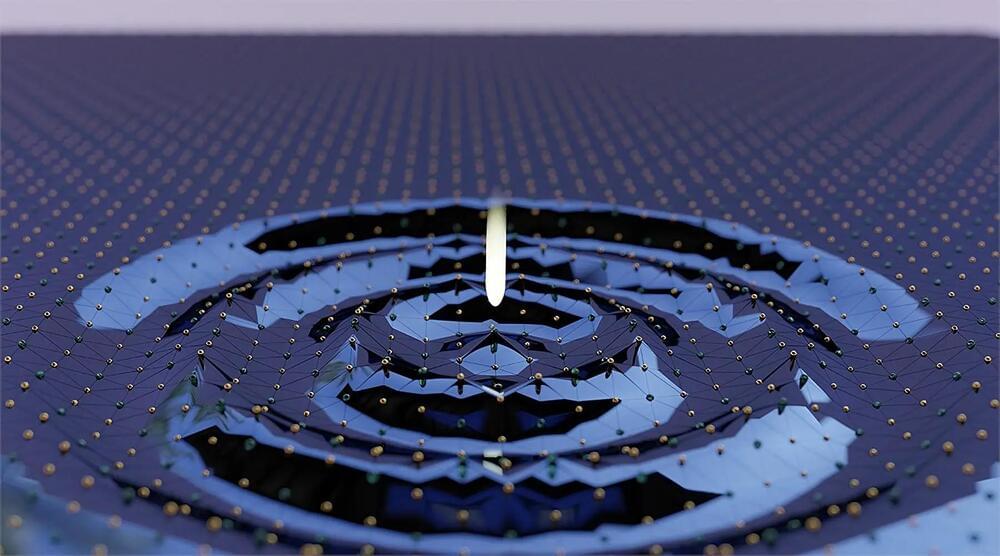
Researchers at the university of chicago.
Founded in 1,890, the University of Chicago (UChicago, U of C, or Chicago) is a private research university in Chicago, Illinois. Located on a 217-acre campus in Chicago’s Hyde Park neighborhood, near Lake Michigan, the school holds top-ten positions in various national and international rankings. UChicago is also well known for its professional schools: Pritzker School of Medicine, Booth School of Business, Law School, School of Social Service Administration, Harris School of Public Policy Studies, Divinity School and the Graham School of Continuing Liberal and Professional Studies, and Pritzker School of Molecular Engineering.
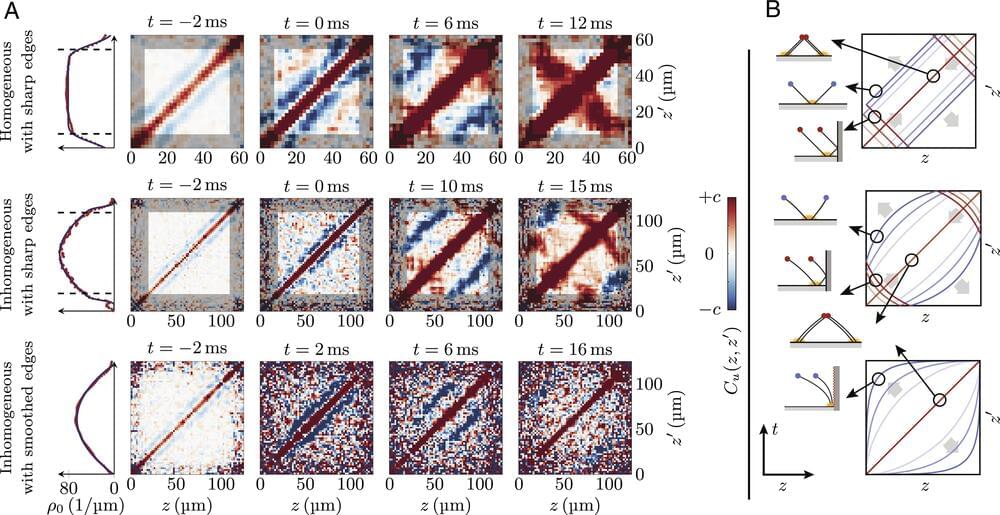
We investigate signal propagation in a quantum field simulator of the Klein–Gordon model realized by two strongly coupled parallel one-dimensional quasi-condensates. By measuring local phononic fields after a quench, we observe the propagation of correlations along sharp light-cone fronts. If the local atomic density is inhomogeneous, these propagation fronts are curved. For sharp edges, the propagation fronts are reflected at the system’s boundaries. By extracting the space-dependent variation of the front velocity from the data, we find agreement with theoretical predictions based on curved geodesics of an inhomogeneous metric. This work extends the range of quantum simulations of nonequilibrium field dynamics in general space–time metrics.
For copyright contact: stienlemane2379(at)gmail.com.
Welcome to Futureunity, where we explore the fascinating world of science, technology, and the universe! From the inner workings of the human body to the outer reaches of space, we delve into the latest and most interesting discoveries that are shaping our world. Whether you’re a science buff or just looking for some mind-blowing facts, we’ve got you covered. Join us as we uncover the mysteries of the world around us and discover new frontiers in the fields of science and technology. Get ready for a journey that’s both educational and entertaining!
Disclaimer Fair Use:
1. The videos have no negative impact on the original works.
2. The videos we make are used for educational purposes.
3. The videos are transformative in nature.
4. We use only the audio component and tiny pieces of video footage, only if it’s necessary.
Copyright Disclaimer under section 107 of the Copyright Act 1976, allowance is made for “fair use” for purposes such as criticism, comment, news reporting, teaching, scholarship, education, and research. Fair use is a use permitted by copyright statutes that might otherwise be infringing.
Disclaimer:
Our channel is based on facts, rumors & fiction.
Summary: The neuroscience of consciousness explores the fundamental aspect of wakefulness and the higher-level cognitive perceptions, such as thinking and understanding.
Various theories, like the Global Neuronal Workspace Theory and the Integrated Information Theory, attempt to provide an explanatory framework for the conscious experience.
The advent of technologies like fMRI and EEG has further enabled us to identify neural correlates of consciousness, enhancing our understanding of this complex phenomenon.

Researchers on Tuesday unveiled a major discovery—malicious firmware that can wrangle a wide range of residential and small office routers into a network that stealthily relays traffic to command-and-control servers maintained by Chinese state-sponsored hackers.
A firmware implant, revealed in a write-up from Check Point Research, contains a full-featured backdoor that allows attackers to establish communications and file transfers with infected devices, remotely issue commands, and upload, download, and delete files. The implant came in the form of firmware images for TP-Link routers. The well-written C++ code, however, took pains to implement its functionality in a “firmware-agnostic” manner, meaning it would be trivial to modify it to run on other router models.
